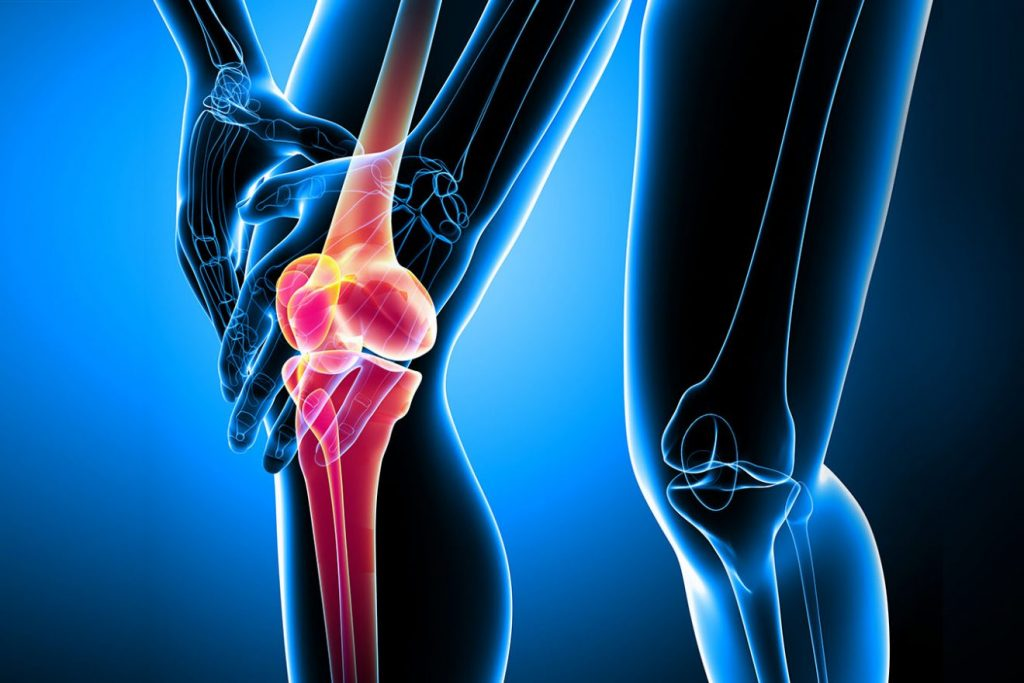
Article Authors: Gordon Slater| Tandose Sambo
“Values are related to our emotions, just as we practice physical hygiene to preserve our physical health, we need to observe emotional hygiene to preserve a healthy mind and attitudes.”— Dalai Lama
SMART IMPLANTS
The orthopaedic world continuously evolves with time. As healing mechanisms are elucidated, a few innovations are integrated with those discoveries that shape the way your orthopaedic surgeon will provide you with the appropriate treatments for your condition. The internet of things, an evolution of the globe’s smart interconnected devices, is enabling the medical realm to manufacture implants that are able to generate critical data that can influence patient treatment.
Smart implants are implantable devices that are designed to be integrated into an implant. Under the right conditions they remain dormant, gather data and monitor patient health. If any critical health parameter changes within the patient, they will then detect the change and alert the relevant medical team of what will be needed in order for the appropriate treatments to be facilitated. These implant capabilities can help improve the implant design in the future and also help with the post operative care. Health officials do anticipate that these systems will enable more longevity of the implant, and facilitate a health care system that will save money for the patients.
While applications of the smart implants have found their way to areas such as the knee, for knee arthroplasty the possibilities still remain endless. The parameters that these devices will measure include: pressure, force, strain, displacement, proximity and temperature. With time, it is anticipated that the smart implant will become part of daily clinical practice.
BIOMATERIALS
Bone defects are orthopaedic challenges that the medical industry aims to address.
They are treated traditionally, via methods such as the utilisation of autologous and allogeneic grafts. These treatments do have their associated complications, and alternative methods of treatments are being utilised in order to overcome these challenges.
Implantable biomaterials offer solutions to the treatment of bone defects. They are able to treat conditions such as residual tumours, severe infections or other bone diseases that impact bone regeneration. The utilisation of biomaterials with integrated bone therapy is proving effective in regeneration of bone.
Via the integration of external stimulation such as light irradiation, electric and magnetic fields, ultrasound, and mechanical stimuli, the bone healing process was enhanced. Internal changes in the patient’s body chemistry were also incorporated to catalyse the healing process. These adjustments included adjusting the site’s specific pH.
Smart implants and biomaterials are the future that we are looking for in orthopaedics. With access to data, information can be generated, and with the information better health decisions can be made.
References:
- Smart Implants: https://www.healio.com/orthopedics/business-of-orthopedics/news/print/orthopedics-today/%7B27cc9f09-766a-4e1b-bb00-9277dd8edf5d%7D/smart-implants-to-provide-biofeedback-measure-joint-loads-detect-infection
- Dovepress: https://www.dovepress.com/smart-implants-in-orthopedic-surgery-improving-patient-outcomes-a-revi-peer-reviewed-article-IEH
- Nature : https://www.nature.com/articles/s41413-021-00180-y


